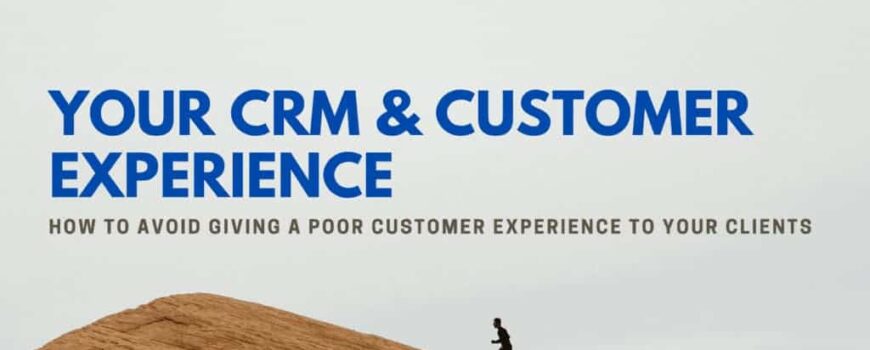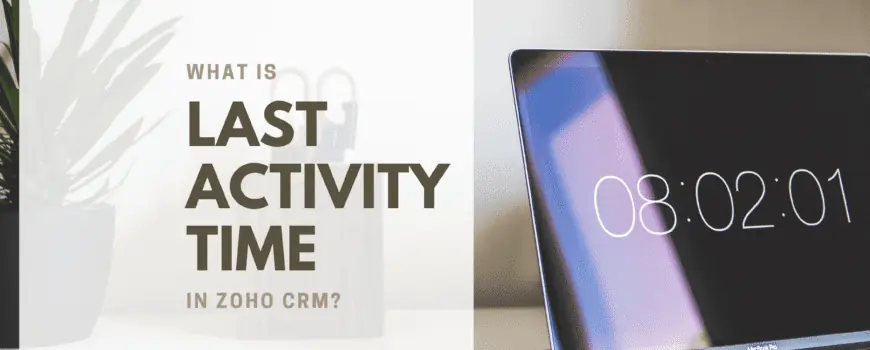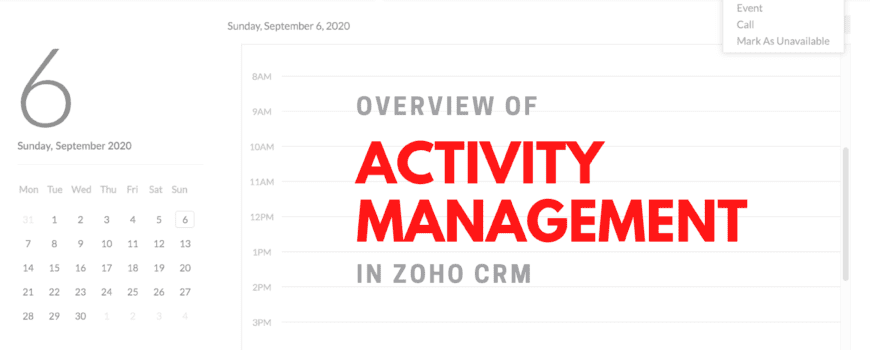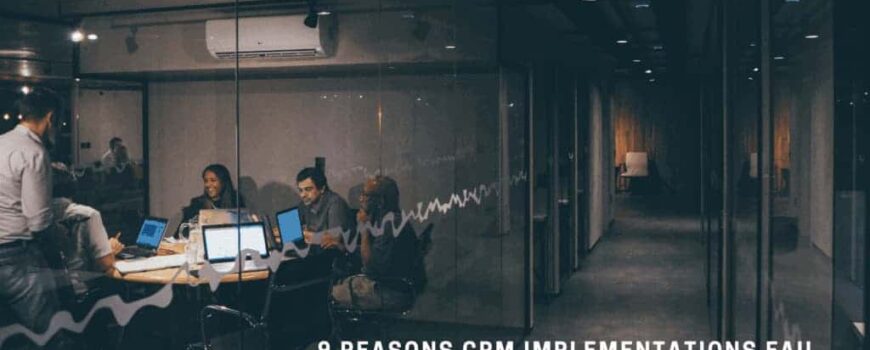As a business owner or operator, it’s important to you to be aware of operational inefficiencies. You want to cut them off at the start, and keep your business heading in the right direction. You’ll find a lot of business advice online; however, the goal of this article is to help you identify the areas to look for operational inefficiencies. We’ll offer some considerations for you in terms of addressing the gaps in data you might experience as the operator of your business.
Get to know some indicators that your efficiencies could be off track are found in the realms of Planning, Scheduling & Quality Control. For example:
- You may feel as though you don’t have control of your resources,
- You don’t have visibility to planning and scheduling (or there is a lack of it)
- Projects don’t seem to be the quality you want for your business
- KPI’s are falling flat
These areas of uncertainty can leave you in a position of being unsure which issues to tackle next.
Firstly, consider each of the four scenarios above and how they apply to your business. What do you think you’re losing out on each month, or each day by not having access to the data required to solve these issues? Naturally, you’ll prioritize your biggest information gaps, and tackle those first. But how much more productive could your business be if right now you could see detail that gives actionable insight on each of these key points of operational efficiency?
With the right operating system for your business, you gain this visibility and will be on your way to identifying inefficiency with ease. In some cases you may even be able to become aware of the triggers that cause operational inefficiencies.
How can my business identify and track operational efficiency?
You’re having trouble getting a complete story for your business. Day to day it feels like the various resources you use to gain insight are contradictory at best. When you dig in it feels like micromanaging. As a result, there doesn’t seem to be a good way to get all the business metrics you need in one place. Your resources are dispersed across systems, and few if any of those systems are talking to each other, much less reporting together.
Zoho One is an operating system for your business. Comprehensive, integrated and customizable, this platform with 40+ applications can eradicate the roadblocks you’ve become accustomed to experiencing. Resulting in fewer or no departmental silos, but tools for everyone in your organization from Sales and Marketing to HR, Finance, and Operations.
Here are a few of the tools for each area of business that will be capturing the operational data you need:
- Sales tools like mobile CRM, email, Telephony, social selling tools, live chat, online meetings and team communication tools are a part of Zoho One. Additionally, there are tools for business intelligence, quotes, orders, and invoices that you need to fortify sales operations.
- Marketing tools offered are also robust and include website builder, A/B testing, analytics, goal tracking, personalization, and multi-channel marketing applications. Wrap it up with marketing automation, reporting, and trackable KPI & ROI data.
- Customer support is a lifeline for your customers in many cases. Zoho One tools like email, phone, social support (ticketing), live chat, self-service resources, remote assistance give many channels for communicating with your team. Additionally, bigger picture tools include support process automation, business intelligence, AI, CRM, and team communication tools. All this for an improved customer experience and the data you’re looking for.
Don’t forget HR, Accounting, and Operations
- HR Tools keep business running with solutions for talent acquisition, onboard, training, policy creation, resource management, and communications tools contributing to a culture of collaboration.
- Accounting & Finance
- Receivables tracking: estimates, invoices, payments, and transaction matching.
- Payables & Expenses: purchase orders, expense management, mileage tracking for reimbursement, and time tracking for projects.
- Additional solutions include subscription management, recurring billing, and hosted pricing pages.
- Operations Tools consist of order fulfillment, service deployment, order management, multi-channel selling, warehouse management, project-based billing, and project management. Siloed communications are solved with the internal social network. Moreover, you can bridge with Sales & Customer Support teams using the customer portal.
For any process or system not addressed, Zoho has tools to develop custom apps for web and mobile. And it offers integrations for greater business intelligence!
What is the solution to operational inefficiencies?
With Zoho One, you’ll have your business situated in an ecosystem with a single sign on. For instance, this makes it simpler as an owner or manager to have complete control over business data. This includes identifying and addressing the Planning, Scheduling & Quality Control operational inefficiencies we mentioned at the start of the article.
In other words, you can do it all within one ecosystem that utilizes the apps we just outlined.
Zoho One currently contains over 40 applications, all integrated. Firstly, they operate on the same platform so customization is generally more straightforward. Reporting on the business data you need to ensure efficiency in your operations is readily accessible. Additionally, only individuals you choose can access programs containing sensitive data, ensuring the information stays in the right hands.
If you’re looking for something that you can’t find in Zoho One, Zoho Creator is the low-code platform for creating your custom application. You can utilize it either on your own or with help from a Zoho Certified Consultant.
Intriguing, you might be thinking. But all of that sounds too expensive and like quite an undertaking – it just doesn’t have to be with the right partner. ZBrains certified consultants have assisted clients since 2012. Above all, our speciality is value rewarding Zoho implementations and customizations so you don’t have to go it alone.
If you’re taking the next steps to learn more about squashing operational inefficiencies with Zoho One, contact us any time.





 Capacity Planning for Sales Agents;
Capacity Planning for Sales Agents;
 Basic Details & Task Information: This area provides details like Task Owner, Due Date, Status, etc.
Basic Details & Task Information: This area provides details like Task Owner, Due Date, Status, etc.


 You find yourself thinking, “it just doesn’t do what I need it to do”
You find yourself thinking, “it just doesn’t do what I need it to do”